Van Gogh spent three years in London between 1873 and 1875 working as a dealer for a French gallery, with offices in the Netherlands and Britain, specialising in reproductions. Shortly after arriving, he wrote to his brother Theo: ‘English art didn’t appeal to me much at first, one has to get used to it.’ Not yet an artist himself, Van Gogh was nevertheless ‘curious about the English painters’ since ‘so little’ was seen of them in Europe. The results of that curiosity are at the heart of ‘Van Gogh and Britain’, which brings together his work with that of the English painters and illustrators he came to admire. He developed a liking for Turner, Constable and Reynolds, among others, and once met Millais, whose Chill October (1870) he particularly admired, on the street. Van Gogh thought that ‘moderns’ such as Millais had found new ways of working with colour, and the darker paintings of Van Gogh’s earlier period, such as Autumn Landscape at Dusk (1885), show the influence of this new English landscape painting.
More influential on Van Gogh’s development as an artist was the city itself, and in particular the attitude it permitted to difference. In part this was because London was, as the curators of this exhibition point out, ‘the world capital of the graphic arts’. Even as Van Gogh developed ways of appreciating English artists, London was also a place where he could encounter work by artists from elsewhere, such as the Anglo-American artist George Henry Boughton, whose God Speed! Pilgrims Setting Out for Canterbury Van Gogh saw in the Royal Academy summer exhibition of 1874. Around this time, Van Gogh wrote cheerily that in London he was ‘gradually beginning to turn into a true cosmopolitan, meaning not a Dutchman, Englishman or Frenchman, but simply a man’. In line with this, it was a painting by an Italian artist, Giuseppe de Nittis’s The Victoria Embankment, London (1875), that made Van Gogh realise how much he loved London. De Nittis’s picture, which situates the viewer where two forms of urban congestion cross – on Westminster Bridge above Thames river traffic – captures the particular appeal of London for Van Gogh: its transformational in-betweenness and its capacity to diminish distinctions, including those of national sensibility.
On his visits to the National Gallery, Van Gogh particularly appreciated Meindert Hobbema’s The Avenue at Middelharnis (1689), advising his brother, when he was visiting a decade later, to seek it out. He returned frequently to its perspectival arrangement of pollarded trees in his own works: Autumn Landscape at Dusk, but also Avenue of Poplars in Autumn (1884), Alley Bordered by Trees (1884), Road in Etten (1881), and one of his earliest extant sketches, a reproduction of which is on display here. In 1888, the year before he entered the asylum at Saint-Rémy, Van Gogh wrote to Theo that he always felt like ‘a traveller who’s going somewhere and to a destination’. Van Gogh’s years of actual travel, and as yet unsettled vocation, resulted not just in images of travel but in visual motifs migrating from one national or historical context to another.
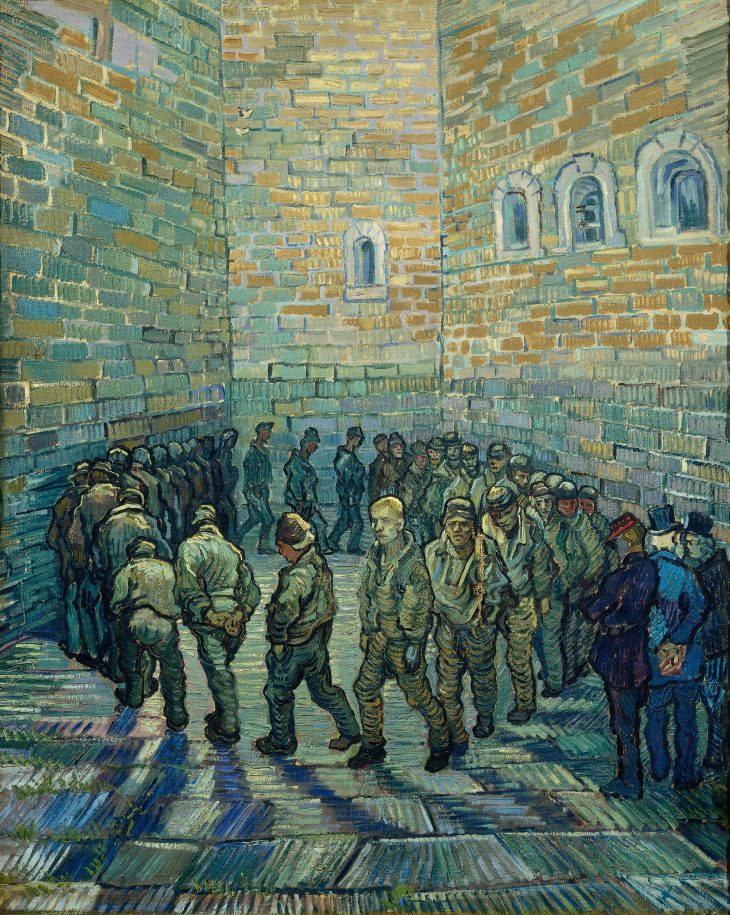
Prisoners Exercising (1890), Vincent van Gogh. © The Pushkin State Museum of Fine Arts, Moscow
Adapting motifs from other artists became central to Van Gogh’s method of working. This is shown here through the juxtaposition of Van Gogh’s paintings with ‘black and whites’, prints drawn chiefly from British periodicals The Illustrated London News and The Graphic. The attention these magazines devoted to ordinary subjects and ordinary people helped Van Gogh to shape the social purpose of his own work, and by the time of his death he had amassed around 2,000 prints. One significant adaptation is The Prison Courtyard (1890), Van Gogh’s picture of prisoners at Newgate – and his only painting of London – which both takes on one of Dickens’s most emblematic subjects and reproduces very closely an illustration from London: A Pilgrimage (1871), Gustave Doré’s collaboration with Blanchard Jerrold.
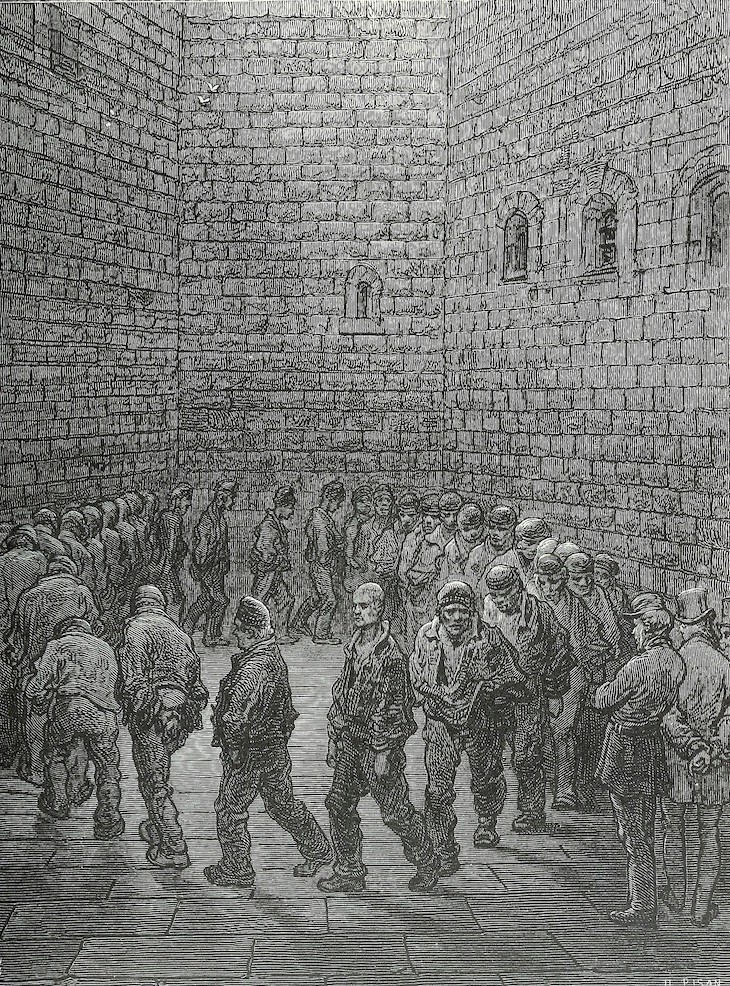
Exercise Yard at Newgate Prison from London: A Pilgrimage (1871), Gustave Doré and Blanchard Jerrold. Van Gogh Museum, Amsterdam
Seeing Van Gogh’s works side by side with those that inspired them allows the exhibition visitor to compare almost total ‘translations’ – as in the picture of Newgate – with amplifications and adjustments of motif. It is exciting too to observe currents of influence running in reverse in works such as Christopher Wood’s Lilies in a Decorated Bowl (1928), Jacob Epstein’s Sunflowers (1933), Matthew Smith’s numerous responses to Sunflowers (1888) – on show here next to the original – and especially Francis Bacon’s incandescent studies recuperating Painter on the Road to Tarascon (1888), which was lost to allied bombing.
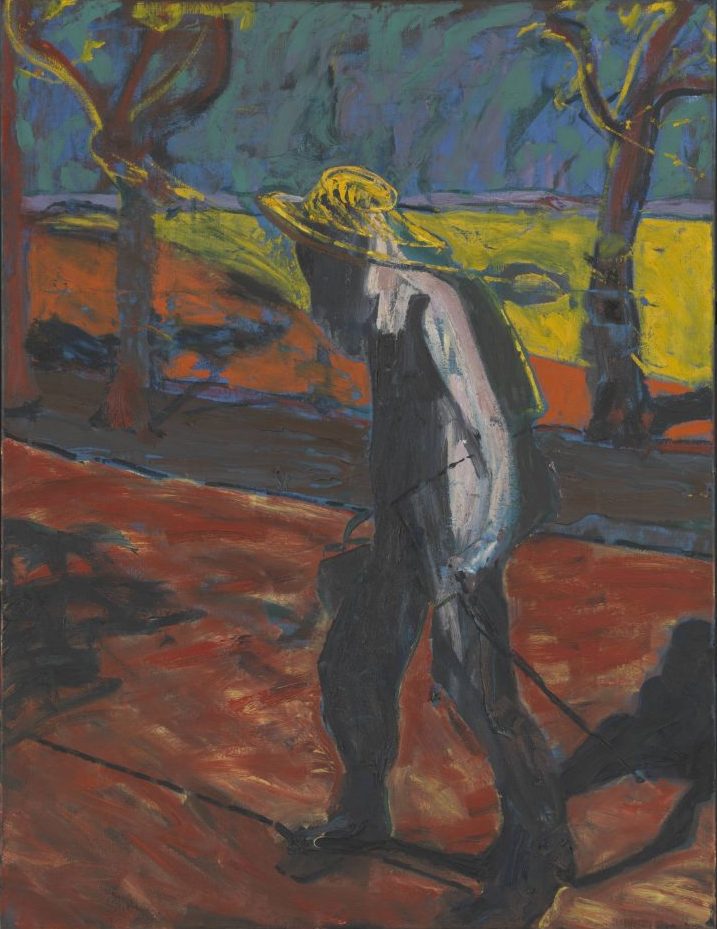
Study for a portrait of Van Gogh (1957), Francis Bacon. Courtesy Tate; © The Estate of Francis Bacon. All rights reserved. DACS, London.
The second half of the show makes connections between the present exhibition and the last major show of Van Gogh’s work at the Tate, in 1947, to which ‘colour-starved’ crowds flocked to alleviate the austerity of the postwar years. But this nuanced political framing doesn’t feel entirely in keeping with a parallel presentation of Van Gogh as uncomplicatedly Anglophile. While it is true, for example, that The Arlésienne (1890), the show’s opening work, depicts a copy of Dickens’s Christmas Books, it also contains a copy of the American author Harriet Beecher Stowe’s Uncle Tom’s Cabin. Both books are, moreover, French translations, and The Arlésienne is herself a French railway café worker. Van Gogh’s interest here is in an artistic language capable of continual translation, rather than in Englishness specifically. In the context of Brexit (this exhibition opened amid fears that loaned works would not be able to move freely to and from the Tate), it seems important to remind viewers that the Englishness that appealed to Van Gogh was European and cosmopolitan.
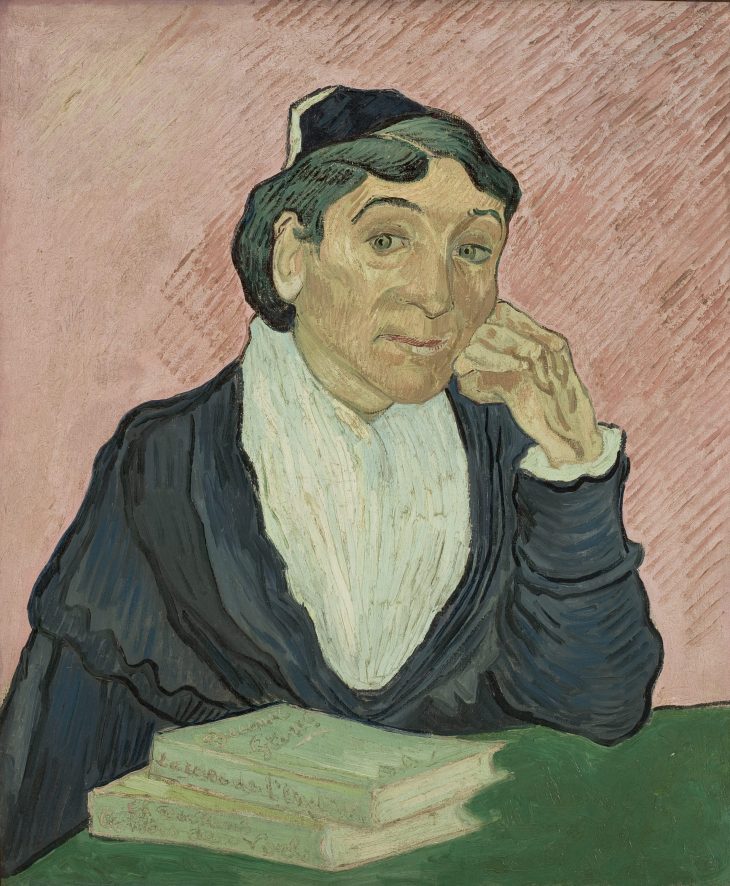
L’Arlésienne (1890), Vincent van Gogh. Photo: João Musa; courtesy São Paulo Museum of Art
Almost 10 years after Van Gogh expressed his earlier dim opinion of English art, he had changed his mind: ‘It’s hardly possible to appreciate them [English artists] fully without having spent a long time in England. It’s a different way of feeling, conceiving, expressing, which one has to get used to first.’ If one of the Tate’s aims in placing this extensive collection of Van Gogh’s paintings in the context of English art is to address the ways in which viewers may have got used to the works of this most reproduced and reproducible artist, the exhibition does so by demonstrating that the paintings themselves are the products of estrangement and translation – of the surprising correspondences, disjunctures and exchanges entailed in ‘getting used to’ another culture. In this sense, Van Gogh’s ‘Englishness’ is less important than the ways in which his example demonstrates the openness and flexibility of Englishness as a source of identity.
‘Van Gogh and Britain’ is at Tate Britain until 11 August.
From the May 2019 issue of Apollo. Preview the current issue and subscribe here.
Unlimited access from just $16 every 3 months
Subscribe to get unlimited and exclusive access to the top art stories, interviews and exhibition reviews.

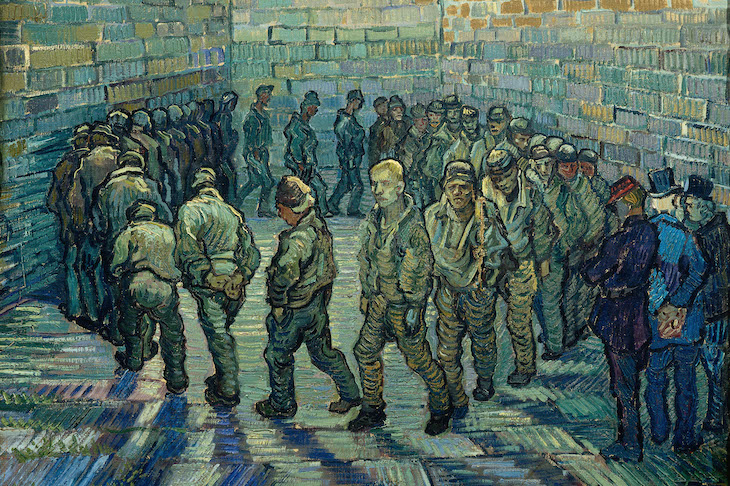
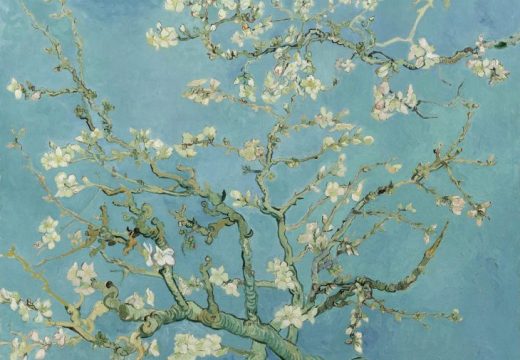
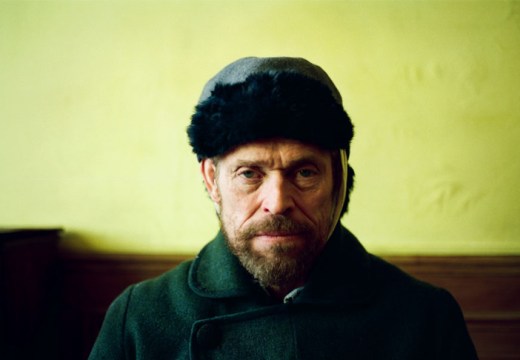
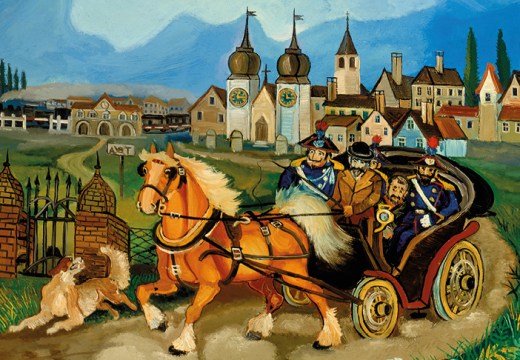









![Masterpiece [Re]discovery 2022. Photo: Ben Fisher Photography, courtesy of Masterpiece London](http://www.apollo-magazine.com/wp-content/uploads/2022/07/MPL2022_4263.jpg)
It’s time for the government of London to return to its rightful home